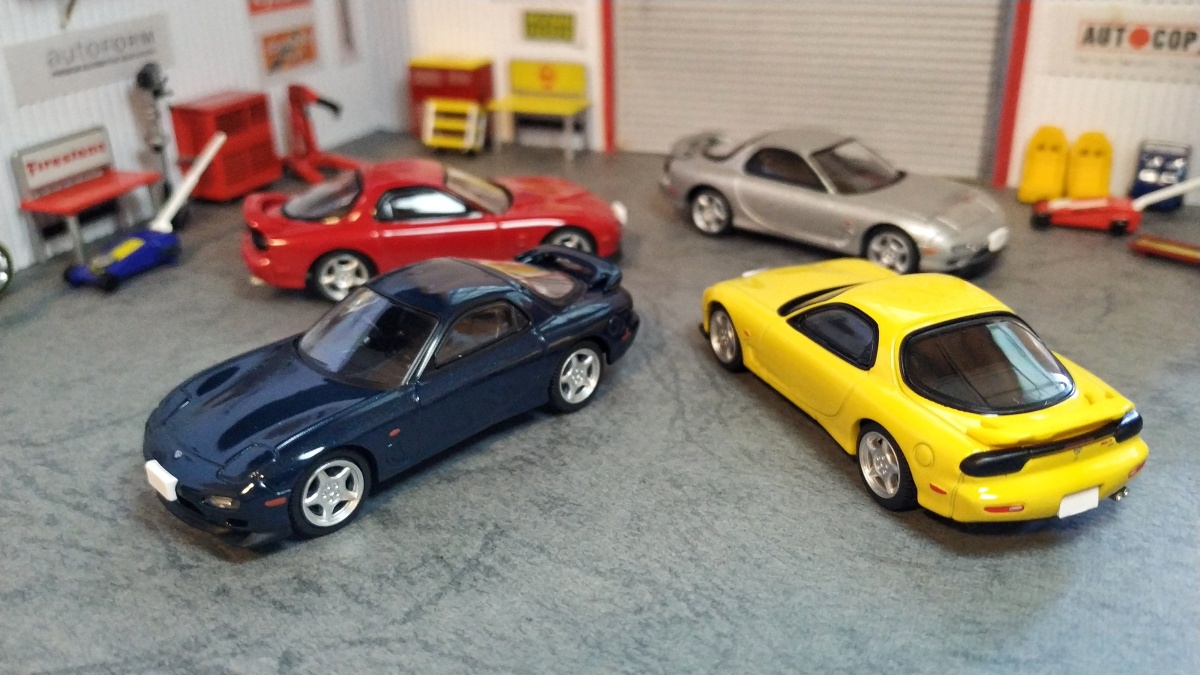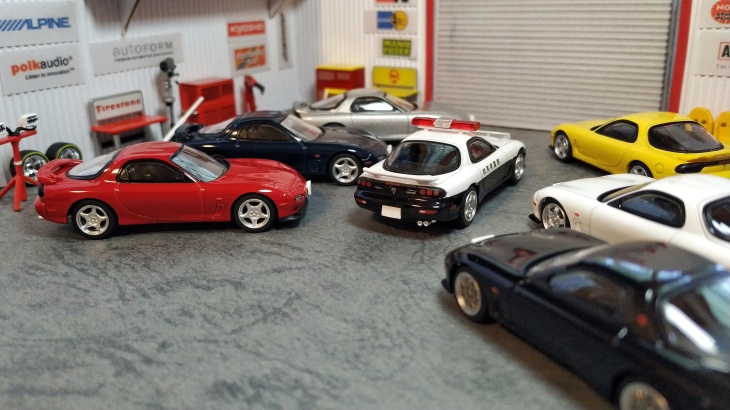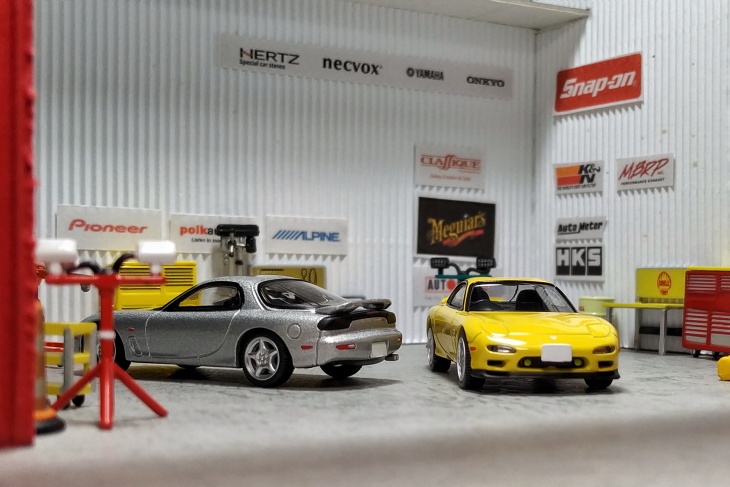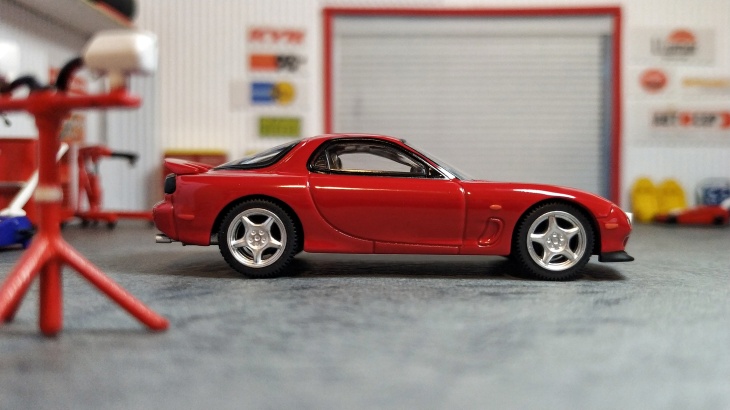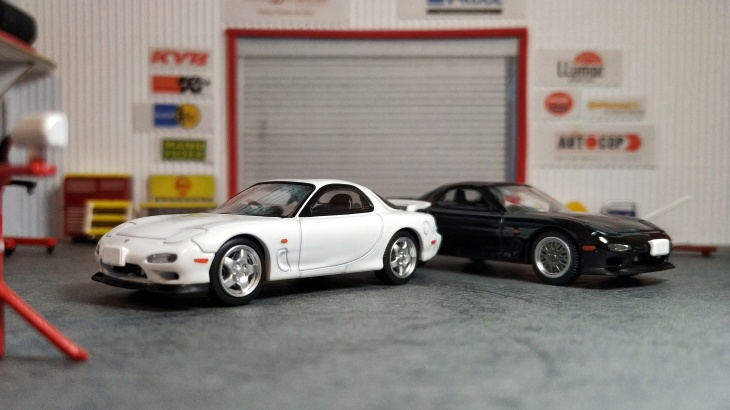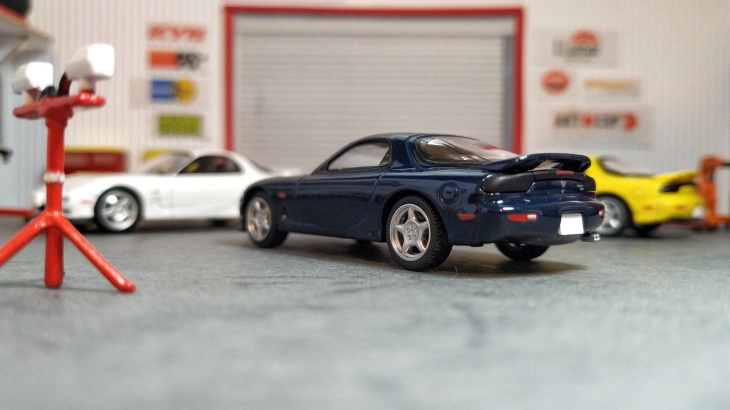I reviewed the Mazda 787B before, but that was the TLVN casting of the number 55 car. This Mazda 787B is from Hot Wheels bearing the number 18. Though the number 18 car did not take the 24 Hour of Le Mans trophy, it did finish 6th overall. The number 18 car also did not come in the loud orange Renown livery but a simpler white Mazda livery.

Mazda 787B
Out of all the Circuit Legend cars in this set, the Mazda 787B is probably the one that needs the least introduction. It still holds the record for being the only Japanese manufacturer to win the 24 Hour of Le Mans and probably will be the only one to win with a rotary engine. While the number 18 car is the lesser-known sibling of the 787B family, this is still a very desirable casting from Hot Wheels. It manages to stay close to the original in terms of livery. Though the rear wing did have an issue of being bent out of shape from the packaging. I managed to fix this by following a suggestion from one of the forums to dip it in hot water and straighten it while it was warm. It worked for me. The only real drawback here is that the wheels may never get the same accuracy as the TLVN versions. This is most likely because Hot Wheels won’t have those wheelsets anytime soon. This car makes do with RRAs in front and RREs at the back. While looking close to the original, it isn’t an actual replica of those wheels.
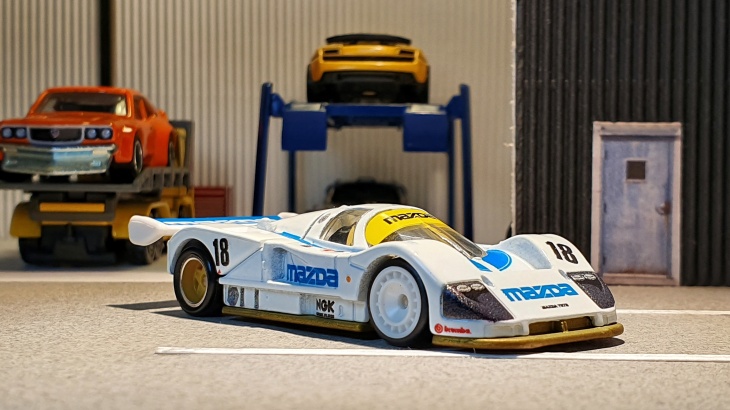
Mazda 787B
The saving grace though is the removable rear cowl of the car. Doing so will reveal the engine bay which is (sadly) half covered by the strut brace. And there is no detailing on the engine bay here in terms of paint. It is a plain black plastic mold. Again, this isn’t any fault at all for the price that this car is going. While the easiest comparison would be against the TLVN, they are actually on different levels.
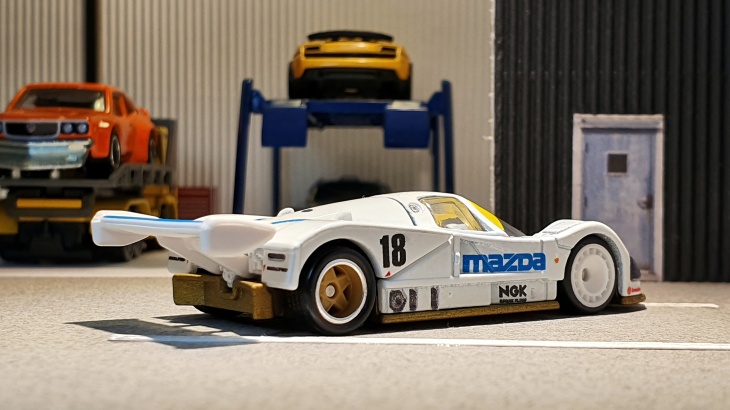
Mazda 787B
Make no mistake, this casting is a very good representation of the Mazda 787B. It would be unfair to compare it with the TLVN which costs 8 times as much, but it is actually flattering for the Hot Wheels.

